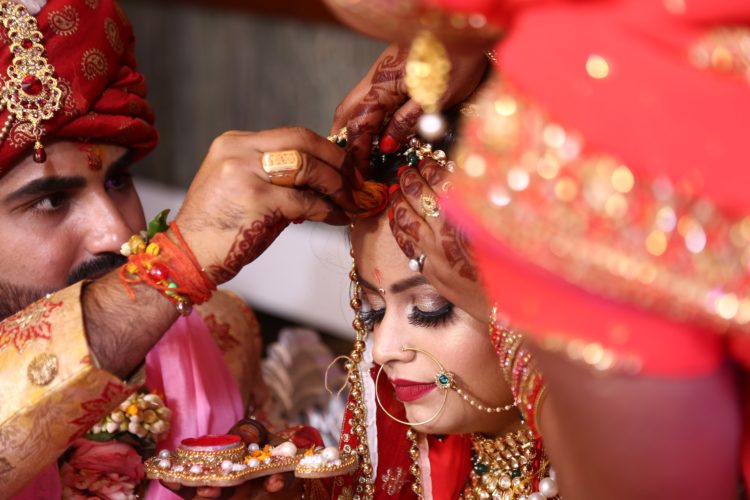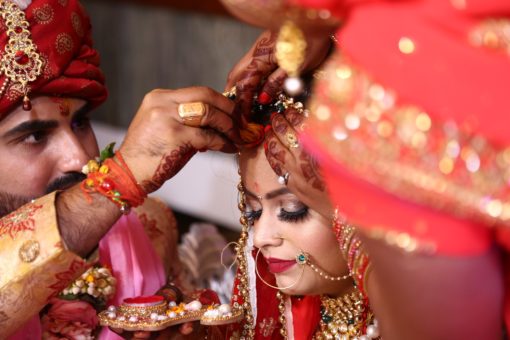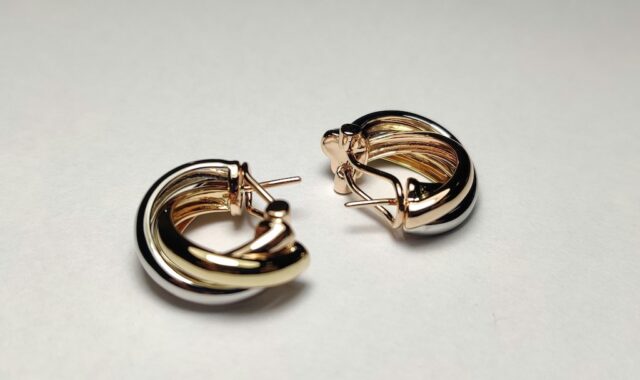Weddings around the world
Weddings are a time for celebration around the world. Different cultures express their joy in different ways and weddings involve varying customs and traditions depending on where you are in the world. Picking an outfit for a wedding in your home country can be challenging enough, but when you are invited to a wedding abroad it can be even more tricky. Follow our guide of wedding attire around the world for some inspiration.
Dress code for the groom
Around the world, men adhere to dress codes on their wedding day. In recent years however, many grooms opt for a smart suit, typical of western weddings.
China
A black silk coat over an embroidered robe is the traditional outfit for a Chinese groom. Often, in the modern day, the overcoat is not worn.
A certain piece of headwear is also mandatory for the groom- this is usually a black hat with a red tassel. Some younger generations are not following the traditional dress code and simply wear a tuxedo or a Western-style business suit.
India
As we saw previously, the dress code for an Indian wedding is largely dependent on the region the couple is from. Some husbands-to-be wear traditional dress, such as a dhoti which is a rectangular cloth ties around the waist. In other regions, they wear a sherwani (a long coat), a kurta (loose falling shirt that hangs below the knee), or a Western suit.
Henna is also a feature of the groom’s dress code, but it I often hidden.
Japan
In a Japanese wedding, the groom normally has two outfits: on for the ceremony and one for later in the night. The formal kimono that he wears for the ceremony is called a montsuki, and often displays the family crest. More recently, younger grooms start the ceremony in a tuxedo too and sometimes change into a men’s oxford shirt later in the evening.
Dress code for the bride
The traditional image of a bride in the UK is that of a flattering white dress, a long train and a veil. The bride’s outfit is one of the main features of the celebration. This remains true around the world, though styles and traditions vary…
China
In China, red is the traditional bridal colour. It is thought that a red dress will bring good luck and ward off evil spirits. In some regions, typically in northern China, the traditional attire for a bride is a one-piece dress that is embroidered with gold and silver designs. In southern China, the typical wear is a two-piece frock.
Many Chinese wedding costumes also feature a bridal crown– it is worn for photography or for show at a grand occasion. For footwear, a special pair of shoes are often worn that are embroidered with a symbol — for example, a turtle or a deer which symbolises happiness and longevity.
India
The region of India that he I from will dictate what the bride traditionally wears. In some regions, the bride wears a saree which is a garment that looks like a long drape, in others she wears a lehenga which is a long skirt. Often the bride is dressed in red or another vibrant colour, her garments will be carefully embroidered with an impressive design.
Henna will also be used to signify this special day. The bride and her bridal party often have henna on their palms, hands, forearms and legs.
Japan
In Japan, weddings can be a hugely elaborate and expensive affair. It is acceptable for families to spend close to £75,000 on a wedding day. It is often the parents of the couple who organise the wedding, and they are willing to spend excessive amounts to save face. Because of the large scale of the weddings, the bride can have as many as 5 costume changes!
A white kimono is chosen in a traditional (Shinto) wedding. More recently however, Japanese brides wear a dress that has a traditional print.
Dress code for the guests
There is a lot to consider as a guest at a wedding abroad. As there are many symbols and traditions that you may be unaware of you will need to consider your outfit carefully.
China
One important piece of advice for attending a Chinese wedding is to avoid wearing red. Wearing this colour can be seen as trying to steal the limelight from the bride. It’s best to wear pink, peach or purple as these are all symbols of new life and happiness. A formal dress is suitable for a Chinese wedding.
Other colours that you should try to avoid include black and white. These colours symbolise mourning and black is considered to be the colour of bad luck.
India
As Indian weddings are celebrations full of bight colours and patterns, you should go bold with your outfit. Wearing vibrant colours will mean you fit in with the Indian guests. Guests should avoid white or black as these are colours worn for funerals and mourning in India. It is also advised that red is not worn either as the bride will probably be dressed in this colour.
There are certain cultural rules to abide by at and Indian wedding. For example, female guests should not bare their shoulders, wear low cut tops or short skirts as this can be seen as disrespectful — a jewel-tone dress with a shawl is one appropriate outfit. The Indian female guests will most likely be dressed in colourful sarees or anarkali suits. Jewellery is important for women too, choose a statement piece for around your neck with matching earrings and bangles.
A common dress code for men at an Inidan wedding is, a tailored kurta with a pyjama and a dupatta (shawl) can be added over the kurta. For their feet, sandals, jootis or chappals are often worn as these are comfortable and prevent overheating.
It is also common that guests will be required to cover their heads if the wedding is held in a temple. For this, women can wear a long scarf or pashmina over their heads and men are usually provided with a head cover such as a large handkerchief.
Another thing to consider is that Indian weddings can be long events, sometimes stretching on for days! With this is mind, make sure you are wearing something loose and comfortable.
Japan
What should you wear as a guest at a traditional Japanese wedding? The simple answer is, a black suit with a white tie. This was always the traditional option, but now the dress code is more flexible and it is accepted for men to come dressed in suits other than black with various coloured ties. However, it is advised to avoid white clothes with black ties.
As a female guest, be mindful of not showing your shoulders or knees, as this cn sometimes be considered disrespectful.




